Smoking, storage, microbiology
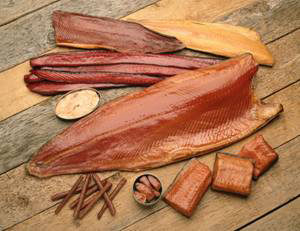
There are two main categories of smoking processes: cold smoking and hot smoking. Each type requires careful control of temperature, humidity and processing time. Proper sanitation and cold storage after processing are also essential.
Cold smoking
Cold smoking is exactly what it sounds like. Cold-smoked fish are not cooked, because the temperature generally does not exceed 43 degrees-C. Cold smoking is customarily performed below 30 degrees-C to prevent undesired changes in the muscle texture. To maintain the proper temperature, ensure uniform drying and preserve the desired color, it is necessary to use an indirect source of heat and smoke.
Proper cold-smoking often takes less than 24 hours, during which the relative humidity should at first be maintained at about 90 percent to facilitate smoke absorption but subsequently dropped to about 70 percent to achieve the required amount of drying. If humidity remains much higher than 70 percent during the drying period, the drying will be too slow. If it is considerably lower, the fish dry too quickly, resulting in case hardening and poor smoke absorption.
The cold-smoking process is primarily used for salmon. Other traditional cold smoked items include black cod (sablefish), trout, eel, herring, haddock and cod.
The temperatures and times used in processing cold-smoked fish are very favorable for the proliferation of food spoilage and food-poisoning types of microorganisms. Therefore, particular attention to proper sanitation, brining, handling, process control and prompt refrigeration after smoking is essential.
Although finished cold-smoked products are not cooked, they have excellent keeping properties because they are dehydrated sufficiently to retard most bacterial growth. Sliced salmon usually have a shelf life of 21 to 36 days, and whole fillets last 32 to 49 days in storage with no apparent correlation to the micro-flora present or salt content of the fish.
It has been recommended by some health regulatory agencies that cold-smoked products should have a minimum water phase salt concentration of 3.4 percent to assist in preventing the growth of Clostridium botulinum. Following smoking, the products should be frozen or stored at or below 3 degrees-C. Typical weight losses range 40 to 45 percent.
Hot smoking
Hot smoking is the process used in the majority of smoked fish products. Hot-smoked products are fully cooked and can reach temperatures as high as 82 degrees-C. Because of the high temperatures, hot smoking takes only a short time, depending on the internal temperature of the product.
Different species of fish tolerate heat differently, so the hot smoke process is not the same for all products. The process is tailored to the species, the processing equipment used, market demand, distribution considerations and regulatory requirements. Hot-smoked fish are moist and juicy when properly finished. Because of this, they have a relatively short shelf life and must be refrigerated.
Processing temperatures
In processing, the intention is to cook the fish as well as smoke it. Processing temperatures used in the industry vary significantly, but as for cold-smoked fish, it is necessary to maintain careful temperature controls by using a thermometer to monitor the coldest part of the fish. Because elevated temperatures are used in hot smoking, fish are generally placed close to the heat source.
The minimum internal temperature for adequate processing of hot-smoked fish has been a major issue of concern for years. Proper heating helps to eliminate food-poisoning bacteria and extend shelf life. Both state and federal regulations dictate hot- smoked process minimum temperatures. Processors should always consult appropriate regulatory and health sources before the establishment of process times and temperatures.
Current guidance from health regulatory agencies recommends a minimum internal temperature of 63 degrees-C for 30 minutes. Following smoking, the products should be stored at or below 3 degrees-C. Hot-smoked products should also contain a minimum water phase salt concentration of 2.5 percent if aerobically packaged and 3.5 percent salt if anaerobically packaged.
An aerobic package is one that permits an oxygen transfer rate of 10,000 cc/m2 at standard temperature and pressure. This can be compared to an oxygen-impermeable package, which can have oxygen transmission as low as 100 cc/m2.
Cooling
Whether cold smoking or hot smoking, the product must be cooled immediately after smoking. Hot-smoked products require more cooling, so it is expected that cold-smoked products will cool at least as efficiently.
Finished products should be cooled to a temperature of 10 degrees-C or less within three hours after cooking and further cooled to 3 degrees-C or below within 12 hours. This temperature should be maintained during all subsequent storage and distribution. Smoked fish should never be packaged hot, because excessive condensation can form inside the package.
Packaging
It cannot be overemphasized that most smoked fish products, unless canned and sterilized by retorting, have about the same or slightly longer shelf life than fresh fish. Consequently, smoked fish should be handled, packaged and stored much like fresh fish.
It should be kept frozen or under refrigeration just above freezing temperatures. While vacuum-packed smoked fish makes a beautiful package, it has the potential to be hazardous, because the organisms that normally provide visual and odor clues of spoilage are retarded in growth, while certain food-poisoning organisms, if present, are favored in outgrowth.
Storage
If storage temperatures rise above 3 degrees-C, there is a risk that Clostridium botulinum may grow and produce toxins in some types of smoked fish. By removing air, vacuum or gas packaging can provide a favorable environment for the growth of this organism, while simultaneously suppressing the growth of molds and other aerobic microorganisms that might indicate improper storage.
For this reason, the use of such packaging for those types of smoked fish should be restricted to frozen products. However, in cases where a particular product does not support the growth of C. botulinum, other storage temperatures can be used. When the frozen product is thawed, the package should be opened and used promptly
Microbiology
Bacteria increase after filleting, decrease after smoking and increase during subsequent packaging, storage and marketing. Several bacteria species have been identified in smoked fish. These include Acinetobacter, Alcaligenes, Pseudomonas and Vibrio species, as well as coryneforms.
Two parasites, Anisakis and Diphyllobothrium, have been identified in cold-smoked fish not previously frozen. Freezing fish at or below minus-23 degrees-C for 60 hours is sufficient to destroy the parasites. The most common causes of smoked fish spoilage are mold growth, with Penicillium and Aspergillus species the primary offenders.
The presence of Listeria monocytogenes in smoked fish has been linked to foodborne illness and death. While the microorganism is customarily found in relatively low concentrations less than 50 colony-forming units/gram, it is capable of increasing in numbers from distribution to consumption.
The incidence of fish contaminated with L. monocytogenes is low but clearly rises during brining and post-brining operations. In addition to brining, slicing has been found to be one of the major sources of contamination. It is important that smoked fish does not contain the microorganism, since many countries have established a zero defect action level in ready-to-eat foods.
To ensure that smoked products do not contain L. monocytogenes or Salmonella species, processors must develop and implement HACCP plans along with comprehensive cleaning and sanitation programs. Additional information on smoked fish processing and HACCP programs can be accessed at http://seafood.ucdavis.edu/HACCP/compendium/chapt07.htm.
(Editor’s Note: This article was originally published in the July/August 2010 print edition of the Global Aquaculture Advocate.)
Author
-

George J. Flick, Jr., Ph.D.
Food Science And Technology Department
Virginia Tech/Virginia Sea Grant (0418)
Blacksburg, Virginia 24061 USA
Tagged With
Related Posts
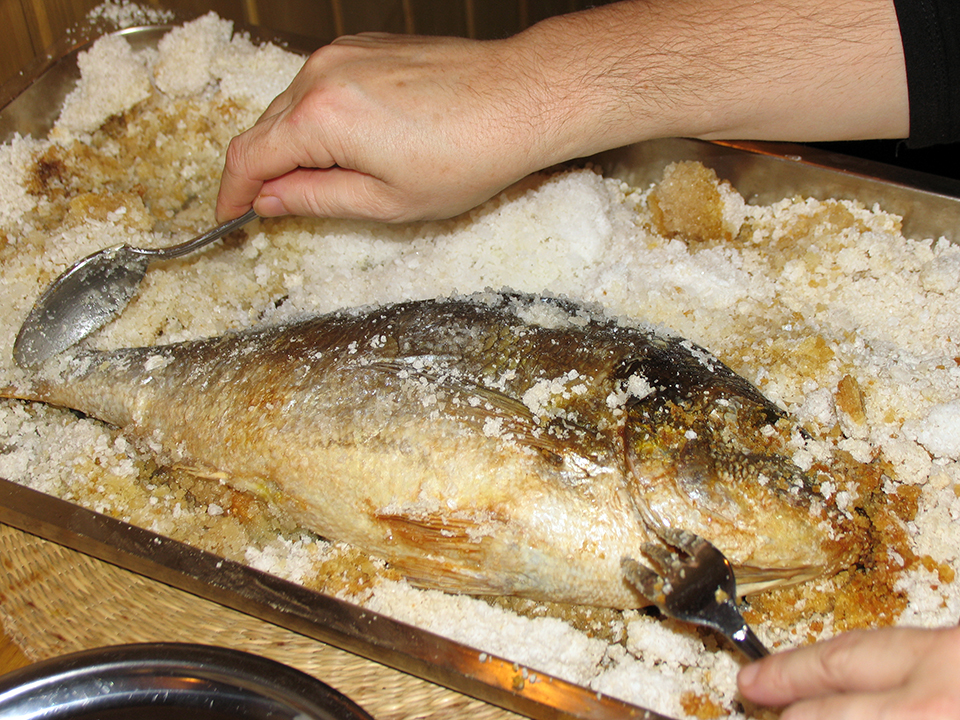
Intelligence
Smoked fish, part 2
An important step in preparing smoked fish is obtaining uniform distribution of salt in the finished product. Dry salt curing is effective but requires experimentation and experience for best results.
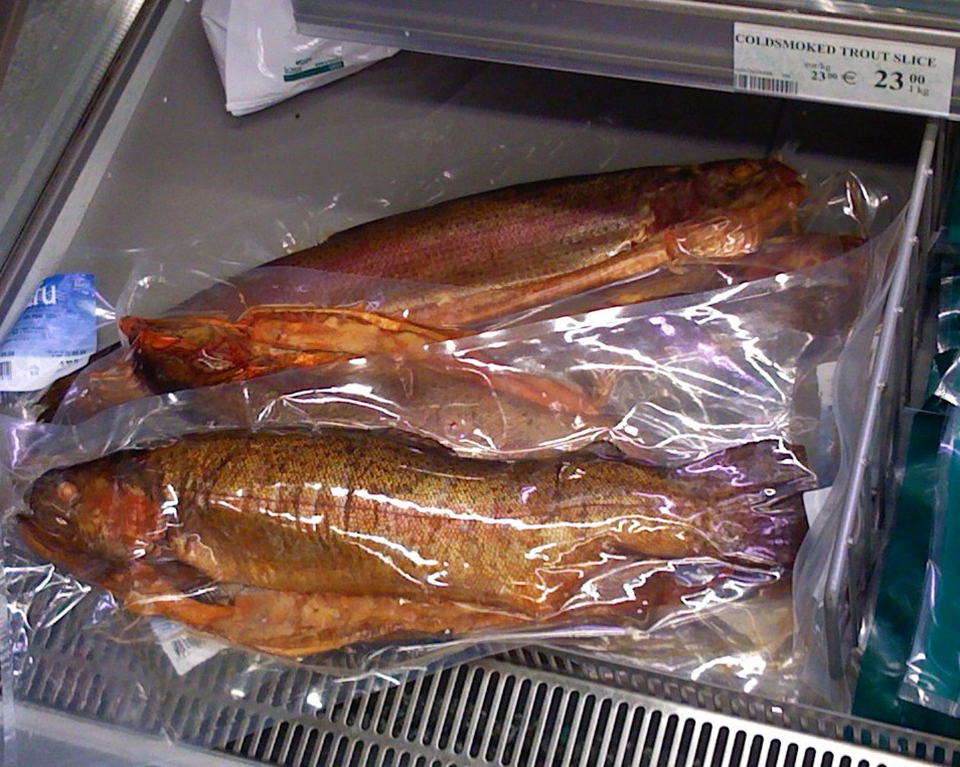
Intelligence
Smoked fish, part 1
The objectives of the smoking process are to uniformly impart the desired sensory characteristics to the product, extend shelf life and avoid the deposition of harmful compounds.
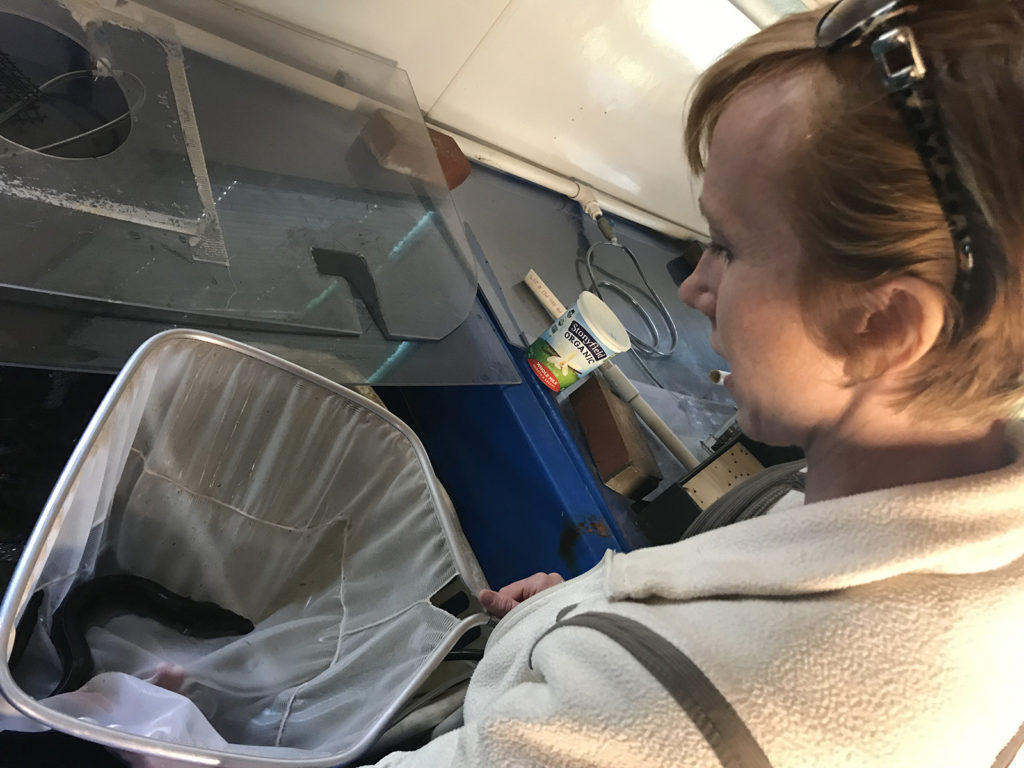
Innovation & Investment
American Unagi brings eel farming back ‘home’
Sara Rademaker launched American Unagi to shift eel farming to American soil, where the eels are from. Why? Because of the novelty, and because she saw an opportunity to do things better.
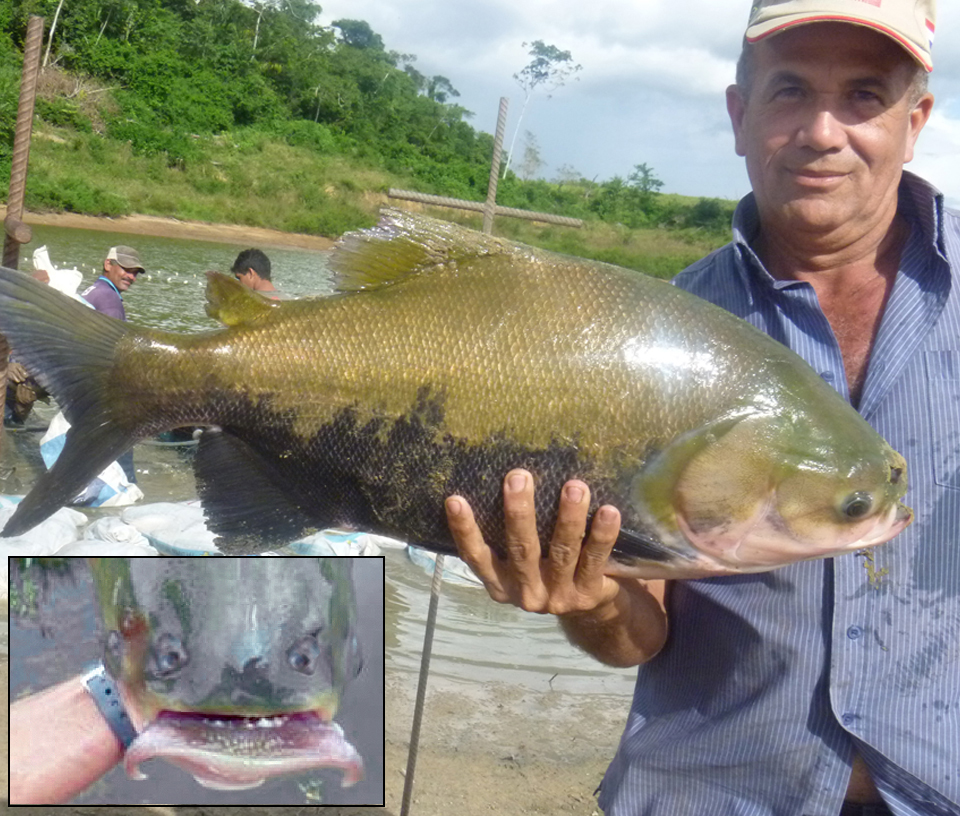
Health & Welfare
Aquaculture of Amazon fish in Latin America
Many fish species that live in the Amazon basin have great potential for aquaculture. The main species currently cultured in the region is tambaqui, a fast-growing, omnivorous fish that tolerates poor water quality.

